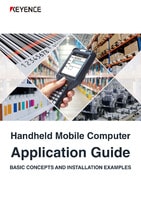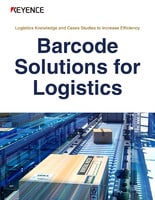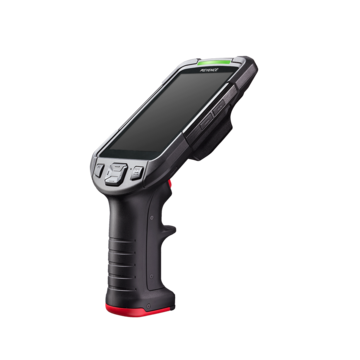Mobile Computers / Handheld Computers
Handheld Computer in Logistics Industry
This section introduces handheld computer application examples in the logistics industry. Actual examples will be used to explain the problems in various processes in the logistics industry and the advantages provided by installing handheld computers.
Logistics
Logistics is the flow of items. The entire flow that contains all the processes used to bring a company's products to its consumers is referred to as logistics. Logistics contains aspects such as distribution centres, warehouses, and other such storage locations; delivery by large trucks; transportation by ship, airplane, and other such means; and logistics systems used to deliver products. Compared to the manufacturing industry, there are many more processes in which work is performed by hand. This results in the trend that it is easy for problems such as picking mistakes and shipping errors to occur in the logistics industry.
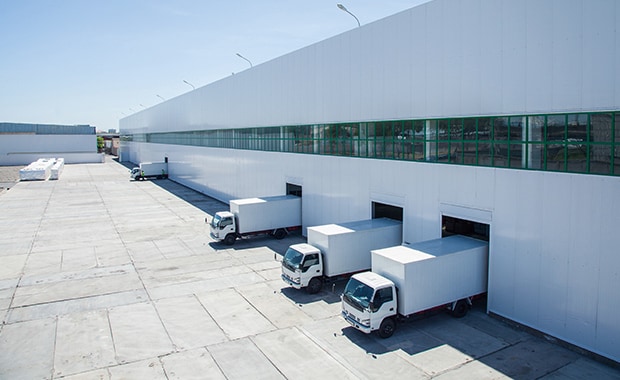
Problems in Logistics
Even though there has been a major shift toward IT in industries at large, a large amount of work at logistics worksites, such as inspections and inventory management, is still performed visually or otherwise manually by operators. This leads to the characteristic of logistics that it is easy for user-caused errors to occur and for work to be inefficient. Especially during receiving and shipping inspections, lists and products are verified visually, so it is easy for items to be missed and for the entry of data for some items to be forgotten. This means that it is easy for inventory management to be thrown off. In recent years, the rise of online shopping has led to a sudden increase in the number of packages handled, so there are pressing needs for warehouses and distribution centres to become more efficient.
The major role of the logistics industry—its warehouses, delivery centres, and similar facilities—is to be the middleman between producers and consumers so products reach the people and companies that need them when they need them. However, to do this it is necessary for logistics worksites to strictly manage the inventory situation and the processes from receiving to shipping. Yet, while machinery and automation are used to a high degree at worksites in the manufacturing industry, the processes from receiving to shipping in logistics still mainly rely on the eyes and hands of operators, which leads to mistakes such as erroneous shipments occurring on a daily basis.
Solving Problems by Installing Handheld Computers
Handheld computers can be used in operations such as receiving and shipping inspections to obtain accuracy that does not rely on visual checks and the recording of data on paper. If barcodes or 2D codes are affixed to products when they are received, common barcodes or 2D codes can be used for everything from management within the warehouse / distribution centre to shipping to achieve accurate product management. Also, handheld computers can be used during picking to enable anyone to perform work with the same accuracy and speed regardless of experience and skill levels.
We’re here to provide you with more details.
Reach out today!

Typical Processes and Manufacturing Flow (Warehouses / Distribution Centres)
This section explains detailed handheld computer installation examples grouped by process during logistics. First, the typical processes and manufacturing flow for warehouses / distribution centres are shown below.
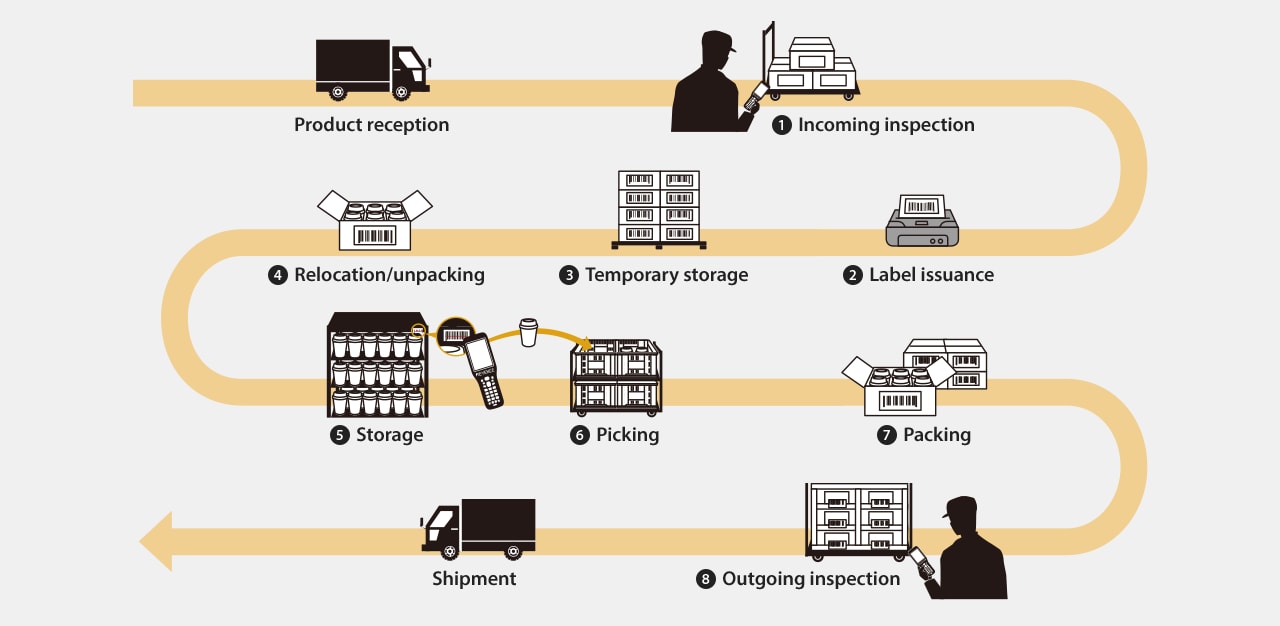
Discover more about this product.
Click here to book your demo.

Advantages Provided by Installing Handheld Computers in Various Processes
This section explains the advantages of installing handheld computers and actual application examples for the typical processes in warehouses / distribution centres.
Inspection of Receiving Goods
During the inspection of receiving goods, the delivered goods and the delivery slip that was sent together with the goods are verified to check that there are no problems with the product numbers and quantities and the goods are inspected for damage and problems in quality. If the inspection of receiving goods is performed visually, it is inevitable that some items be missed or read incorrectly, that the recording of some items in the ledger be forgotten, or that other similar errors occur. Mistakes that occur at this stage will be carried through to shelving and picking and may finally result in erroneous shipments. Handheld computers can be used in this inspection of receiving goods to eliminate the majority of user-caused errors and thereby prevent erroneous shipments.
Label Issuance
If barcodes are not affixed to products and packages when they are received, the shelving work becomes complicated, which makes it easier for operators to mistake the storage location. This mistake occurring leads to confusion in the later process of picking work. Installing handheld computers and affixing on each package barcode labels issued from the data of the inspection of receiving goods enables efficient shelving and inventory management.
Shelving
Affixing to cases and racks the barcode labels created in the previous process while performing shelving increases the efficiency of the shelving work and also makes it easy to check the shelving (to verify data).
Picking
Operators can use handheld computers to simply scan the picking lists and immediately find the shelf on which the product is stored. This reduces unnecessary movement and makes the work more efficient. The barcodes affixed on the shelves can be verified against the products, which prevents picking mistakes. Furthermore, there is no need for operators to rely on their memory and experience, so even inexperienced staff members can be assigned to worksites.
Shipping Inspection
The major cause of shipping inspection mistakes is operators performing these inspections visually while viewing picking lists and shipping instructions. Regarding this point, barcode inspections with handheld computers dramatically improve the verification accuracy. Also, integration with the system means that when the information of the shipping checked products and their quantities is scanned, this information is fed back into the system in real time. Therefore, it is possible to determine accurate inventory data on the spot.
Curious about our pricing?
Click here to find out more.

Full-Range Handheld Computer for Improved Operation
Long-range models are indispensable for scanning products in high locations and reading location codes in large warehouses.However, conventional long-range models also led to a significant reduction in overall productivity.
KEYENCE's BT-A700 Series Full-Range Handheld Computer, on the other hand, offers superior reading performance and excellent operability, especially in the following applications.
Reading Barcodes at Various Distances
With conventional handheld computers, each model is limited to a specific reading range. Short-range models have a hard time reading far away barcodes, and long-range models could not easily read barcodes close at hand. This meant workers had to adopt uncomfortable and unnatural poses to make sure codes could be read.
With the BT-A700 Series, barcodes can be scanned at any distance using just one device, improving operability.
Conventional
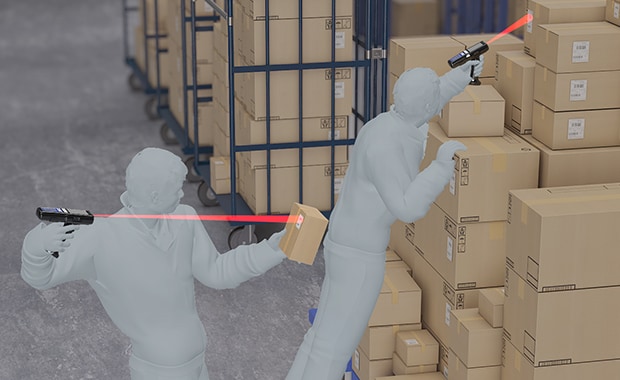
Reading from uncomfortable positions
Improvement
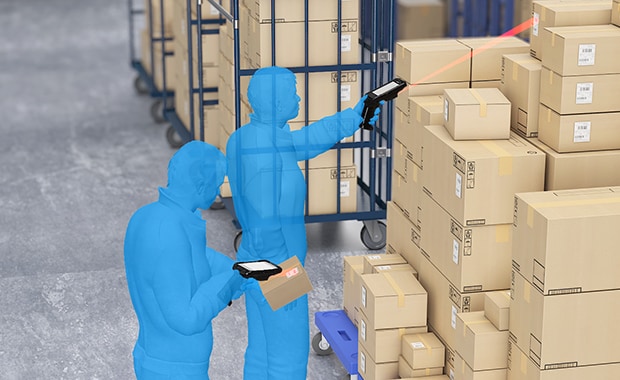
Easy readability at any distance
One-Handed Key Input
Due to the shape of conventional long-range models, inputting quantities requires two-handed operation.
Meanwhile, the BT-A700 Series makes it possible to read and enter quantities using only one hand. With no need to pick items up or put the handheld computer down, work efficiency can be greatly improved.
Conventional
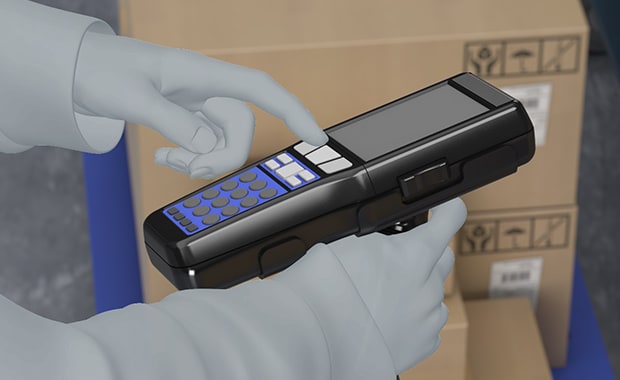
Two-handed key input
Improvement
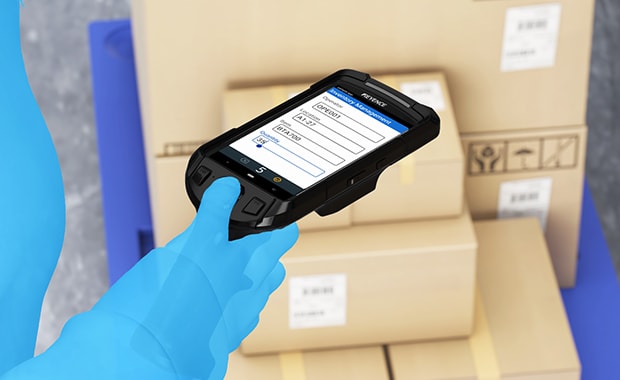
Simple, one-handed key input
We’re here to provide you with more details.
Reach out today!

Related Downloads
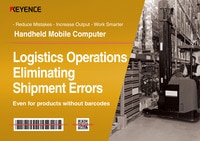

![Read Any Text in an Instant [Logistics Industry]](/img/asset/AS_109923_L.jpg)
